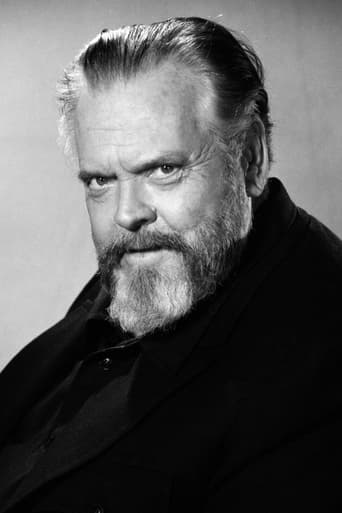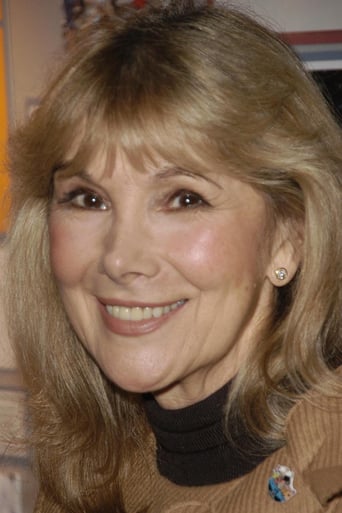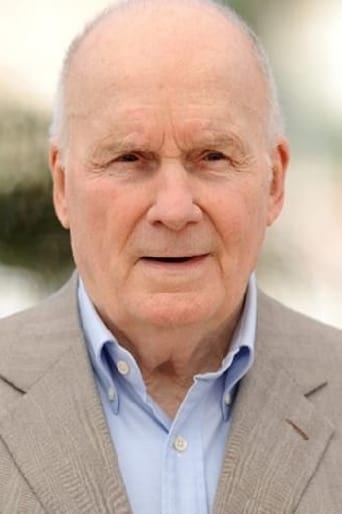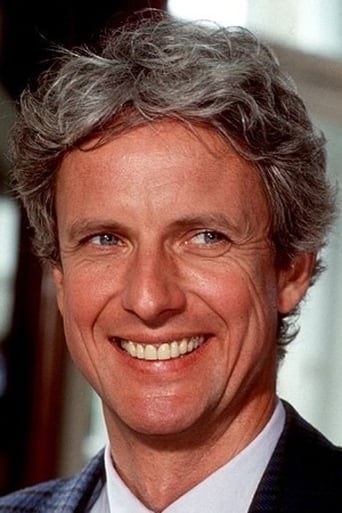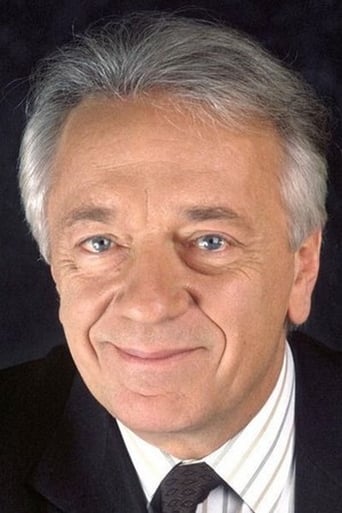WasAnnon
Slow pace in the most part of the movie.
Teringer
An Exercise In Nonsense
Tayloriona
Although I seem to have had higher expectations than I thought, the movie is super entertaining.
Bob
This is one of the best movies I’ve seen in a very long time. You have to go and see this on the big screen.
Coventry
Harry Kümel's ambitious & courageous film version of Jean Ray's complex novel was offered one big chance to prove itself internationally and to instantly become a genre classic at the annual Cannes Film Festival in 1972. Sadly enough, the shown version – which later got rejected by the director – didn't impress any audiences then and by the time Kümel came trotting along with his very own (and much better) re-edited version of the film, containing over twenty minutes of extra footage, nobody really cared to see it anymore. Now that's a real pity, because in this restored version "Malpertuis" is a truly brilliant work of Gothic art and unquestionably one of the greatest movies ever made in Belgium. A lot more than in the international-orientated versions, the emphasis now lies on obscure mystery and claustrophobic set designs. Both versions are so incredibly different that the common plot summaries of the international Cannes version, which can be found in newspaper articles and movie websites, actually reveal the mysterious denouement of Kümel's ultimate re-edited version! Those reviews immediately explain what odd types of characters are living in the Malpertuis mansion whereas, in the 'correct' version, it is kept secret to the young protagonist Jan as well as to the viewer. I'm desperately trying not to include any spoilers in this user-comment while the same essential plot twists can be read everywhere over the internet… Evidently this film didn't appeal to anyone in Cannes! You can clearly see where it's going right away and thus the sophisticated and enormously stylish hints that are given to unravel the mystery yourself become completely pointless.The legendary Orson Welles stars in one of his last glorious roles, as the mighty and fearsome, albeit bed-ridden patriarch of the immense Malpertuis mansion who gathered an eccentric collection of people to announce his last will to. Among them is young sailor Jan, who swore that he would never set foot in Malpertuis ever again and he constantly tries to convince his sister Nancy to do the same. Quentin Cassavius' testament claims that there's a gigantic family fortune to divide, only none of the persons present is allowed to leave the mansion and the last remaining man and woman have to get married. Jan is determined to stay around as soon as he falls in love with the mysteriously beautiful Euryale, but other members of the pact that try to escape the domain are found dead soon after, causing hostility and unrest among the remaining members. Harry Kümel builds up the tension and unfolds the mystery like a genuine master, and all this without showing the slightest bit of graphic violence. Instead, he portrays the ominous mansion like an inescapable surreal dimension with endless dark corridors and spiral staircases. Secondary scenery, like paintings on the wall and statues in the grim attic, magnificently add to the wondrous Gothic atmosphere. Meanwhile, the constant elaboration of patterns and intrigues between the many supportive characters lead the story to one of the most grotesque and devastating climaxes in cinema ever. Of course, you'll only be truly enchanted by this climax if you haven't seen the English/French versions or read any plot descriptions before you watch it. Orson Welles and Mathieu Carrière are great but the true star is Susan Hampshire, playing no less than three different and very complex characters. Harry Kümel's "Malpertuis" is a small masterpiece, combining visual artwork with extraordinary plotting. An absolute must!
Bob Taylor
My hopes were high for this film. I'd seen Kumel's Le Rouge aux levres/Daughters of Darkness, the most stylish vampire/kinky sex movie ever made, and I love its sly wit and arresting visuals. Malpertuis is not as effective, alas, and I put that down to an overly-complicated story weighed down by too many classical references taken from the novel. Lampernisse, standing in for Prometheus, just doesn't work as a character. Why introduce the Erinyes, the three women who punished offenders against blood kin, when they don't advance the story? It's not an easy thing to watch a movie with a handbook of classical mythology by your side.Having said this, I will add that it is wonderful to watch film that shows a great visual sophistication (crowd shots that evoke an Ensor painting, or that wonderful twisting staircase in the house) and never needs F/X. We have lost a great deal by the subservience to CGI today.
pppatty
Having seen this film some years ago on television in a dark, dubbed and cut print, I had all but forgotten it. Yesterday I saw Kumel's restored cut in his own Flemish language, running 124 minutes, and my reaction was "brilliant". The picture was actually originally made in English, French, German and Dutch versions and then hacked to bits in the various markets. This film is a "must-see" for any serious film fan with its fabulous photography, stylish composition and surreal overtones - Magritte too was Belgian. It's more than a horror film as it has often been tagged, but a series of dreams or perhaps nightmares with all the illogic of dreams. I am fairly certain that Welles did his own Flemish dialog and that too makes it a must for the connoisseur.
dbdumonteil
That's what the title means;or at least,that's what the priest explains to Matthieu Carrière.The subtitle is overkill and was added for commercial reasons,probably unbeknownst to the director."Doomed house" is a stupid title:are we so sure it's the story of a house? Isn't it rather the story of a mind? of a fantasy? of a folly?This poesque subtitle is not suitable for Jean Ray's world,who keeps a certain logic inside a nightmarish swarming of monsters,werewolves,Gorgons and mad scientists.Some of his obsessions surface here:the Gorgon,turning mortals into stone,the taxidermist working on alive bodies,are topics we find not only in "Malpertuis" but also in "the adventures of Harry Dickson" ,his favorite hero (he wrote dozens of stories of this detective and his pupil Tom wills)Prometheus recalls here how suffering and sadism were haunting the Belgian writer.Because Belgian,this definitely is.Kummel's closest relative is none other than his compatriot André Delvaux who quoted Jean Ray in his masterwork "un soir,un train".I urge the users who have liked "Malpertuis" to try "Un soir ,un train".It's the same kind of atmosphere,simply it's more mastered,the emotional power -cruelly lacking in Kummel's work- is increased tenfold ."Malpertuis" has a dream of a cast:Orson Welles-in a short part,but he makes every of his word count-,Matthieu Carrière ,"Der Junge Törless" wunderkind,Susan Hampshire,Two Chabrol favorites (Michel Bouquet and Jean-Pierre Cassel,both in "la rupture" some months before),and,most amazing thing,French singer Sylvie Vartan and in a cameo(uncredited) her then-husband ,Johnny Hallyday.The plot may be hard to swallow for horror buffs.It's a film "à tiroirs",and the ending has in store at least three unexpected twists.The last picture leaves the spectator bewildered.Hampshire and Carrière seem unreal,and the world that surrounds them is no longer a world in ruins,but a world that forgot he's in ruins.And what kind of world is it?

